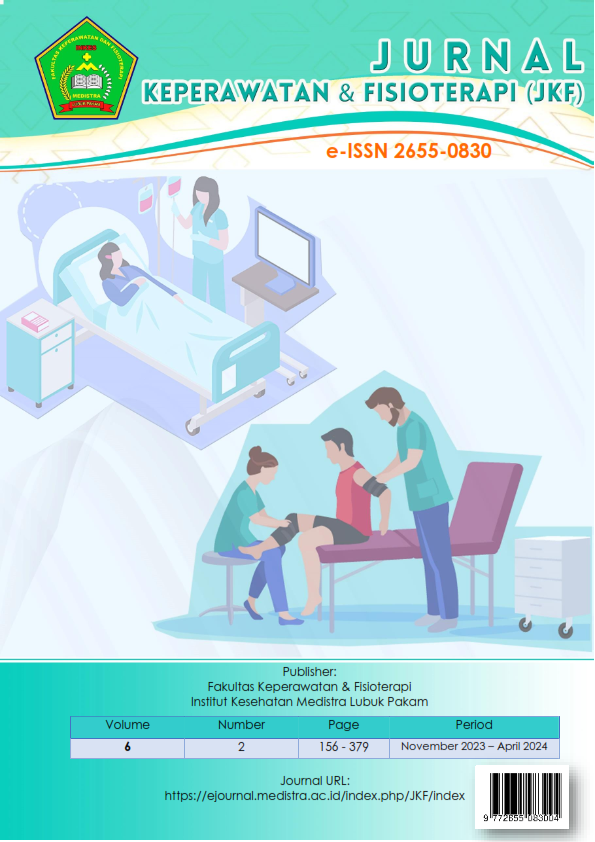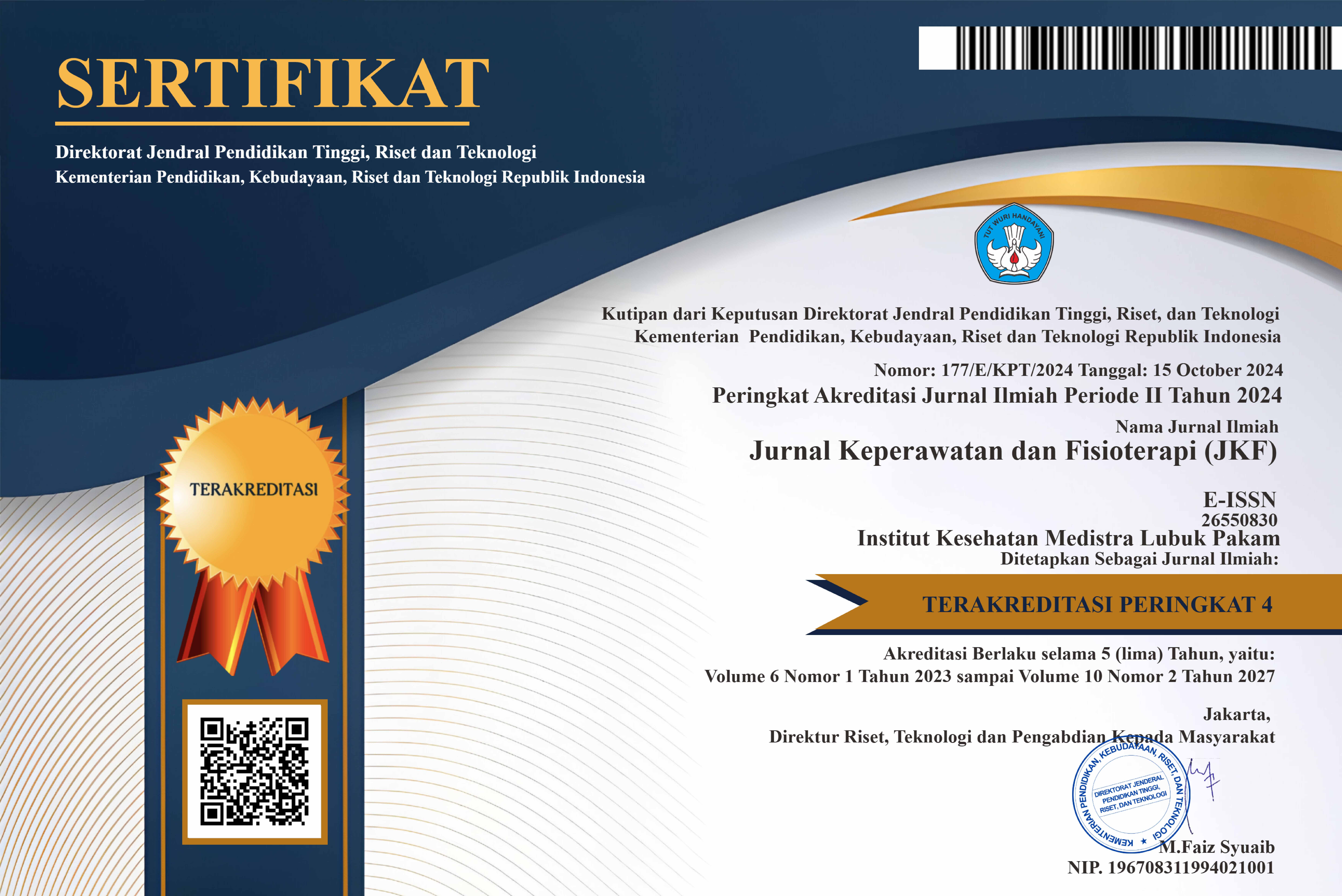The Optimization of Acute Myocardial Infarction Emergency Management: Evaluation of Response Time and Patient Outcomes
Optimization of Acute Myocardial Infarction Emergency Management: Evaluation of Response Time and Patient Outcomes
DOI:
https://doi.org/10.35451/jkf.v6i2.2540Keywords:
Acute Myocardial Infarction, Emergency, Response Time, Patient Outcome, Clinical Evaluation, Univariate, Bivariate.Abstract
Background: Acute Myocardial Infarction (AMI) is an emergency condition that requires rapid intervention to improve patient outcomes. Quick response times in managing AMI can significantly affect mortality and morbidity rates. However, evaluations of response times and outcomes across various hospitals show significant variability. This study aims to assess the factors influencing AMI management, particularly in terms of response time and clinical outcomes.Objective: This study aims to optimize the management of acute myocardial infarction emergencies by analyzing response times and patient outcomes across different healthcare facilities.Methodology: A retrospective study design was employed, utilizing univariate and bivariate analyses of patient data from medical records of AMI patients at Hospital X in 2023. Variables analyzed included response time, treatment type (medical and interventional), and clinical outcomes (mortality, symptom improvement, and complications). Univariate analysis was performed to describe data distribution, while bivariate analysis, including chi-square and logistic regression tests, evaluated the relationship between response time and patient outcomes.Results and Discussion: Univariate results indicated that most patients received treatment within 60 minutes. The outcomes showed that faster response times correlated with better prognosis, including lower mortality rates for those treated more quickly. Bivariate analysis revealed a significant relationship (p < 0.05) between quick response times and faster symptom resolution, as well as reduced mortality. Additional factors such as age and comorbidities were also analyzed, but response time remained the most significant predictor.Conclusion: Faster management of acute myocardial infarction can reduce mortality and improve patient outcomes. Therefore, optimizing response times in healthcare facilities should be a priority in AMI emergency management.
Downloads
References
merican Heart Association. (2023). Acute myocardial infarction: Overview and treatment strategies. Retrieved from https://www.heart.org
DeLuca, G., Suryapranata, H., & Zijlstra, F. (2022). Time-to-treatment in acute myocardial infarction: Impact on mortality and outcomes. European Heart Journal, 43(7), 1459-1465. https://doi.org/10.1093/eurheartj/ehab569
Ge, J., & Li, Y. (2021). Effect of timely intervention on outcomes in acute myocardial infarction patients. Journal of Emergency Medicine, 58(3), 275-282. https://doi.org/10.1016/j.jemermed.2021.01.001
Löffler, M., Goh, S., & Moore, J. (2020). Impact of response time on clinical outcomes in myocardial infarction treatment: A systematic review. JAMA Cardiology, 5(12), 1402-1410. https://doi.org/10.1001/jamacardio.2020.4716
Sabatine, M. S., & Stone, G. W. (2019). Management of acute myocardial infarction: Current practices and emerging therapies. The Lancet, 393(10171), 2053-2065. https://doi.org/10.1016/S0140-6736(19)30740-9
World Health Organization. (2023). Global cardiovascular disease statistics. Retrieved from https://www.who.int
Yeo, K. K., & Tan, P. K. (2020). Factors influencing mortality and morbidity in acute myocardial infarction patients: A retrospective study. Cardiovascular Medicine, 51(8), 478-485. https://doi.org/10.1002/cdm.347
Downloads
Published
Issue
Section
License
Copyright (c) 2024 nisa el hasanah

This work is licensed under a Creative Commons Attribution 4.0 International License.
Copyright in each article is the property of the Author.


























